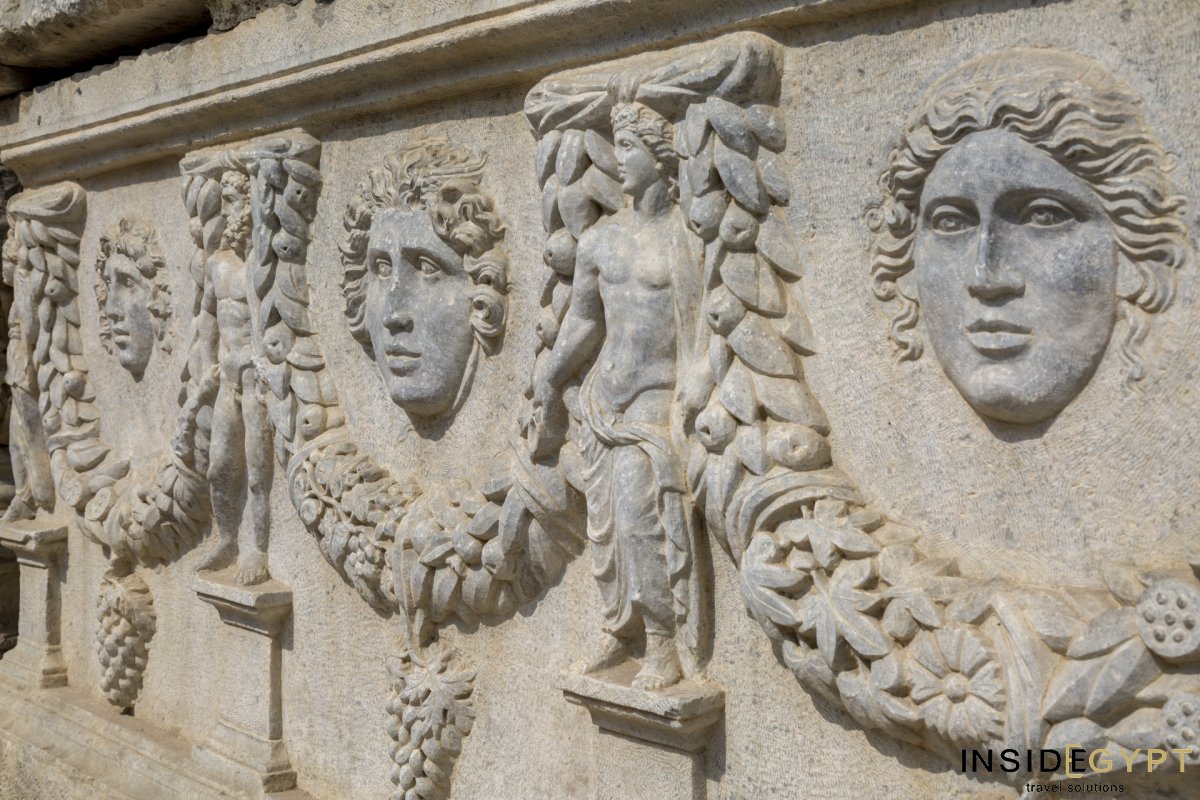Kom El Shoqafa Catacombs - Ancient Tombs in Alexandria, Egypt
1.Cultural Importance

These catacombs are one of the things that have made people regard it as one of the Seven World Wonders of the Middle Ages, owing to the creative mixture of the Roman, the Greek and Egyptian cultures.
They were built around the second century c.e and served as a sepulchral chamber for the dead.
2.Cultural Aspects

Three Levels: The catacombs contain three levels which are hewn out of stones. The third level was under water until the last restoration.
Central Shaft: A six-pillared structure refers to a central shaft which opens off the vestibule. This structure gives access to chambers and also to tombs.
Triclinium: A place where food was served, and where relatives and friends of the dead reclined on stone benches during the burial as well as the memorial services.
3.Swelling Turning Poin

Attached to the central shaft it contains a water well and leads to other underground rooms.
Caracalla Chamber: Houses horse bones that were initially tombs for dogs dedicated to the horses of Emperor Caracalla constructed in the year 215 CE.
4.Exploration and Unintentional Discovery

It was the Happy Proon who unearthed the catacombs in the year Nineteen Hundred after a donkey fell into a nearby shaft.
To speak up of the current discoveries, there were three sarcophagi discovered with some additional human as well as animal remains.
5.Sculptural Work and Embellishments

The walls especially include dark red rectangular areas.
Alabaster sculptures were also found on the premises and are currently kept in the Greco-Roman Museum at Alexandria.
6.Cultural Media

The catacombs combine Roman and Greek and Egypt culture
The Catacombs of Kom El Shoqafa is no doubt an important historical site which arouses the interest of so many people for different reasons including travel as it encourages the appreciation of the work of art that existed in history.
 English
English















